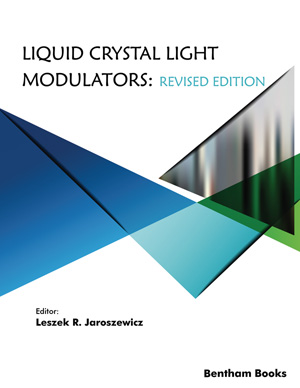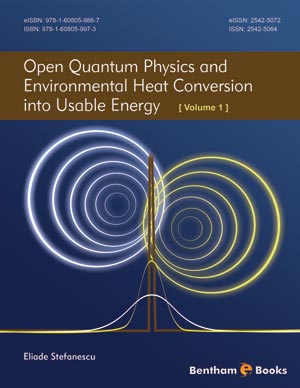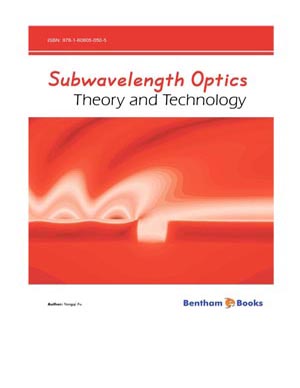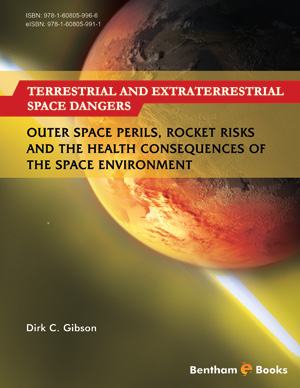Abstract
The kinetic energy release (KER) of molecular fragments is of major interest in molecular reaction dynamics. When dissociation reactions of polyatomic ions occur, some of the excess internal energy of the ion is released as kinetic energy of the two fragments. The KER provides important information about the structures of the molecular species involved and on the energetics and dynamics of the reaction. To meet this end, the translational kinetic energy release distribution spectra of selected ionic fragments, produced through dissociative single and double photoionization of dichloromethane (DCM) molecule at photon energies around the chlorine L edge, were measured from the shape and width of the experimentally obtained time-of-flight (TOF) distributions. The kinetic energy release distributions (KERD) spectra exhibit either smooth profiles or structures, depending on the ionic fragment and photon wavelength. In general, the heavier the ionic fragments, the lower are their average KERDs. In contrast, the light H+ fragments are observed with kinetic energies centered around 4.5-5.5 eV, depending on the photon wavelength. It was noticed that the change in the photon wavelength involves a change in the KERDs, pointing out different processes or transitions taking place in the break-up process. In the particular case of double ionization with the ejection of two charged fragments, the kinetic energy distri-butions present own characteristics compatible with the Coulombic fragmentation model. Intending to interpret the experimental data singlet and triplet states at the chlorine L edge of the dichloromethane molecule, associated to the Cl (2p → 10a1*) and Cl (2p → 4b1*) transitions, were determined at multiconfigurational self-consistent field (MCSCF) level and multi reference configuration interaction (MRCI). These states were selected to form the spin-orbit coupling matrix elements, which after diagonalization results in a spin-orbit manifold. Minimum energy pathways for dissociation of the molecule were additionally calculated aiming to give support to the presence of the ultra-fast dissociation mechanism in the molecular break-up.
Keywords: Fragmentation, PEPICO, PEPIPICO, Kinetic energy release, Timeof- flight spectrometer, MCSCF, Spin-orbit, Cl 2p, Translational energy, Photoions, Shallow core, Photoexcitation, Photoionization, Dichloromethane, CH2Cl2.









